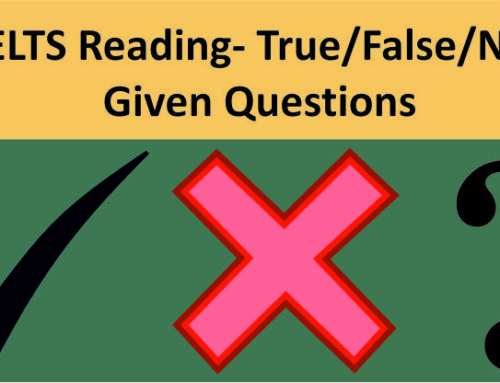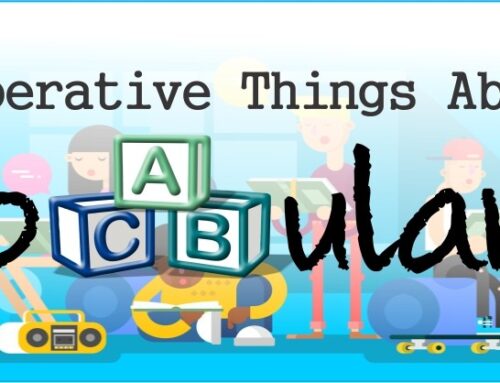On the IELTS Writing test, one thing that we must consider is tone. In fact, tone is something that is important whether we are communicating in writing or when we are speaking. Using the correct tone helps to ensure our message is received clearly and in the way we intend.
Let’s begin by reviewing the different sections of the Academic and General Training IELTS tests:
Academic Test
- Task 1 – a description, summary or explanation of a graph, table, chart or diagram
- Task 2 – an essay in response to a point of view, argument or problem
Task 1 – a description, summary or explanation of a graph, table, chart or diagram
General Training Test
- Task 1 – a letter requesting information or explaining a situation
- Task 2 – like the Academic test, an essay in response to a point of view, argument or problem.
Tone is important for each of the tasks above. Specifically, for both tasks in the Academic test, a more formal tone and style is most appropriate. For the Task 2 essay on the General Training test, the essay may be less formal and slightly more personal. For Task 1 (the letter) on the General Training test, you must consider the purpose of the letter as well as the audience to help determine the appropriate tone.
Task-1 General Training Letter
When it comes to writing the letter in the General Training test, there are a few things to consider when determining the appropriate tone. Firstly, as mentioned above, you must consider the purpose of the letter. For example, the purpose could be an invitation, an explanation, an apology, a request or a complaint. Secondly, you must consider your audience.
For the Task 1 letter, there are different styles of letter. Please note, these styles may overlap, depending on the purpose and the audience.
Formal letters – Generally speaking, we use a formal letter when writing to someone in a position of authority who we do not know personally. One example could be a letter to a senior manager, or a government representative about an issue or a concern.
Semi-formal letters – We would usually use a semi-formal letter when writing to someone we may know, but who is in a position of authority. One example could be writing to explain a situation to your manager. Another example could be a letter of complaint to your neighbours. In this case, since you are writing them a letter (rather than speaking to them face-to-face), there is a good chance you may not know them very well.
Personal letters – We would usually use an informal or personal letter when writing to a friend or a relative. Keep in mind, however, that the purpose of the letter may affect this somewhat. For example, if you are writing to express sympathy due to a death in your friend’s family, you may use a slightly more formal tone due to the reason for writing the letter.
Adjusting for Tone-Do’s and Don’ts
There are many ways to adjust for tone. Here are a few tips to keep in mind:
- DOuse everyday language for a less formal tone. You can use the kind of language we use when speaking.
- For example, “Sorry for the trouble”, rather than “I apologize for the inconvenience”.
- DO use polite, professional language for a more formal tone.
- DO use simpler sentences in informal writing. By doing so, you will be better able to clearly state your ideas.
- DO use the following when closing a letter:
- For formal letters: Sincerely, Many thanks, Warm regards
- For less formal letters: Thanks, Cheers, Love, (only use this with someone you are very close to)
- DON’T use contractions in more formal writing. Contractions and exclamation points are only acceptable for a less formal tone.
Getting the tone correct is key on your IELTS Writing test. As an IELTS examiner, it is usually very easy to spot when the tone is not appropriate.






Leave A Comment